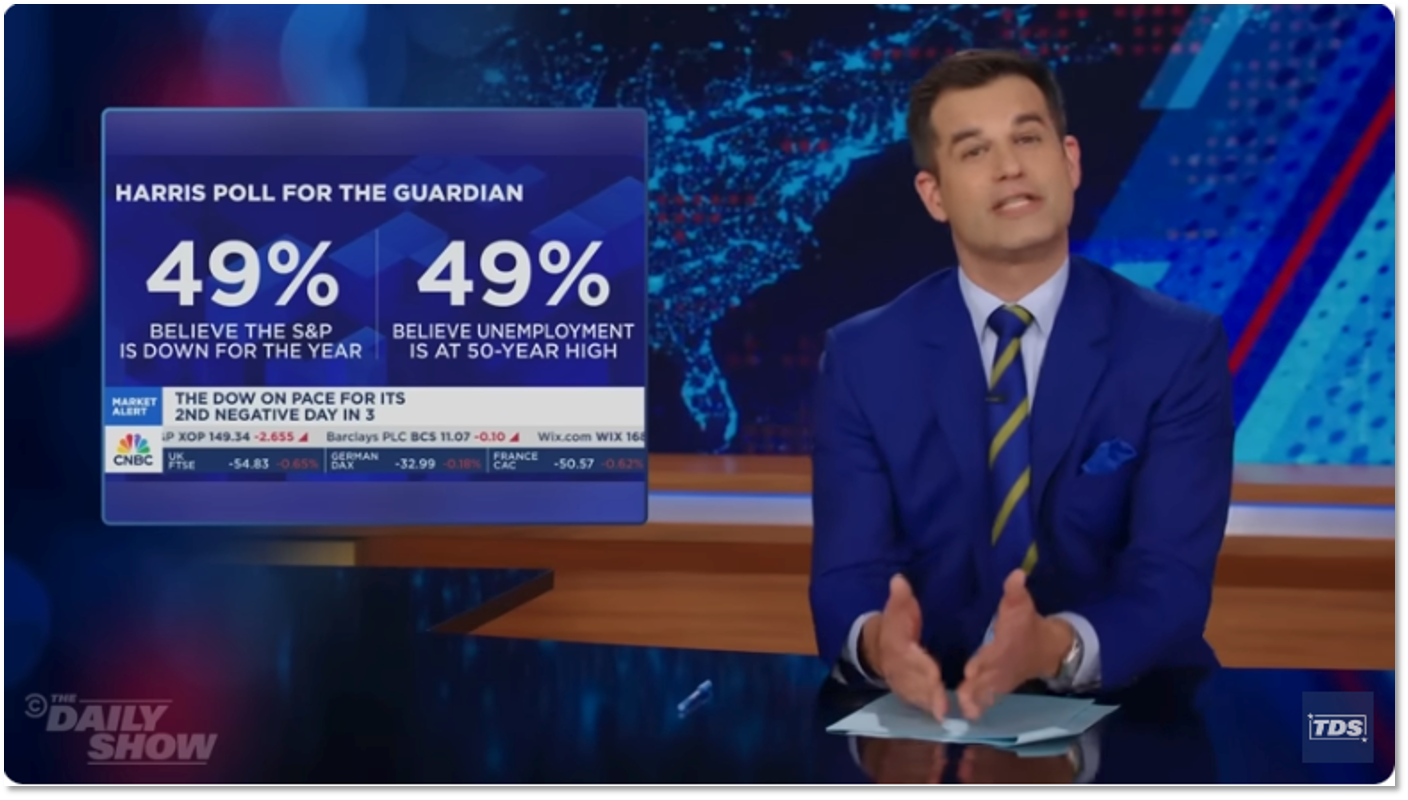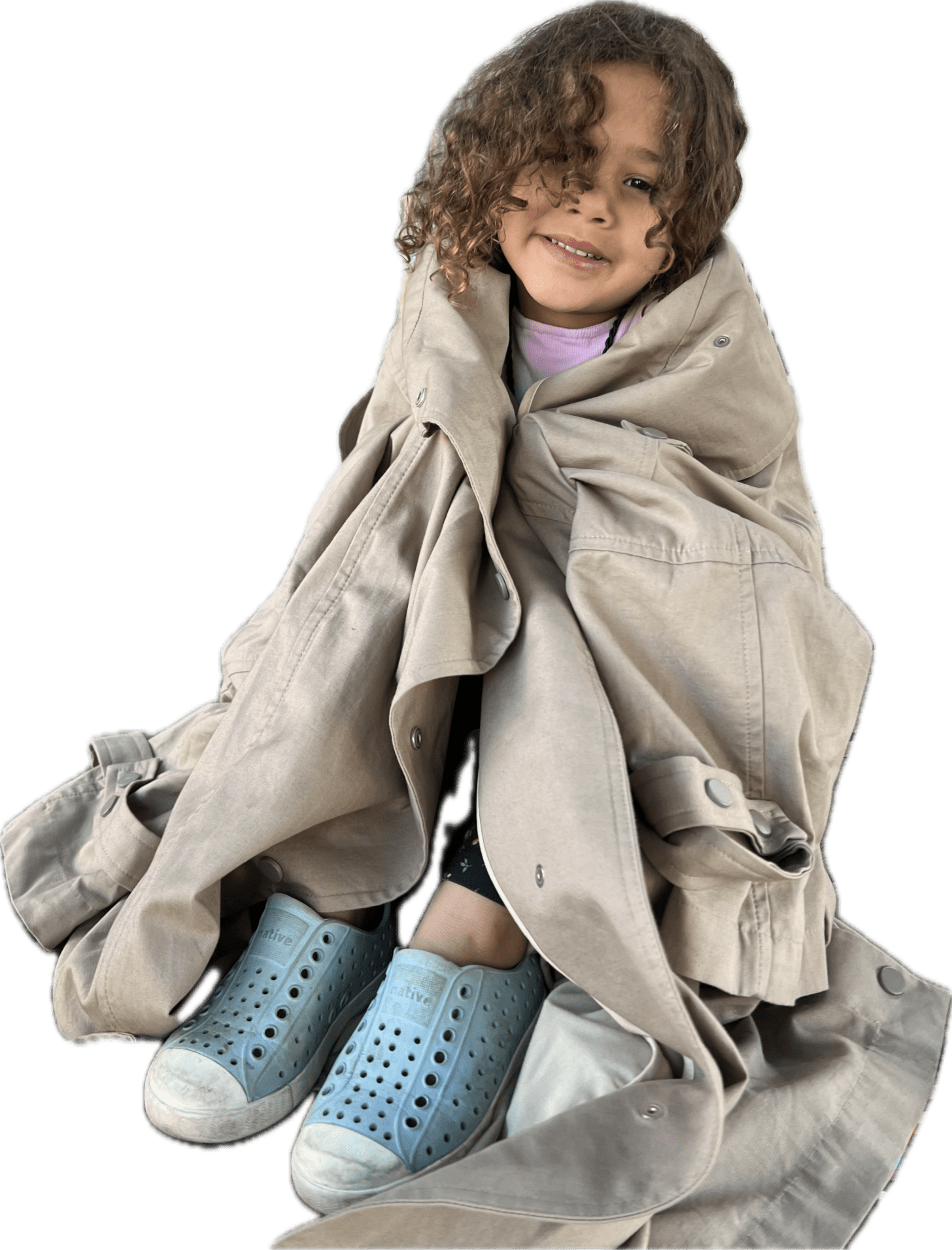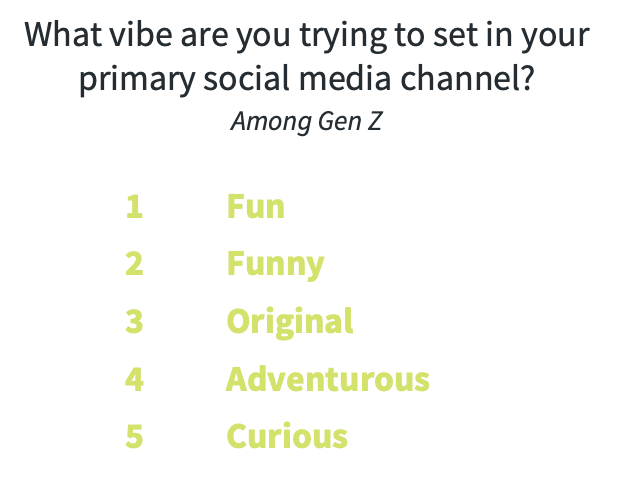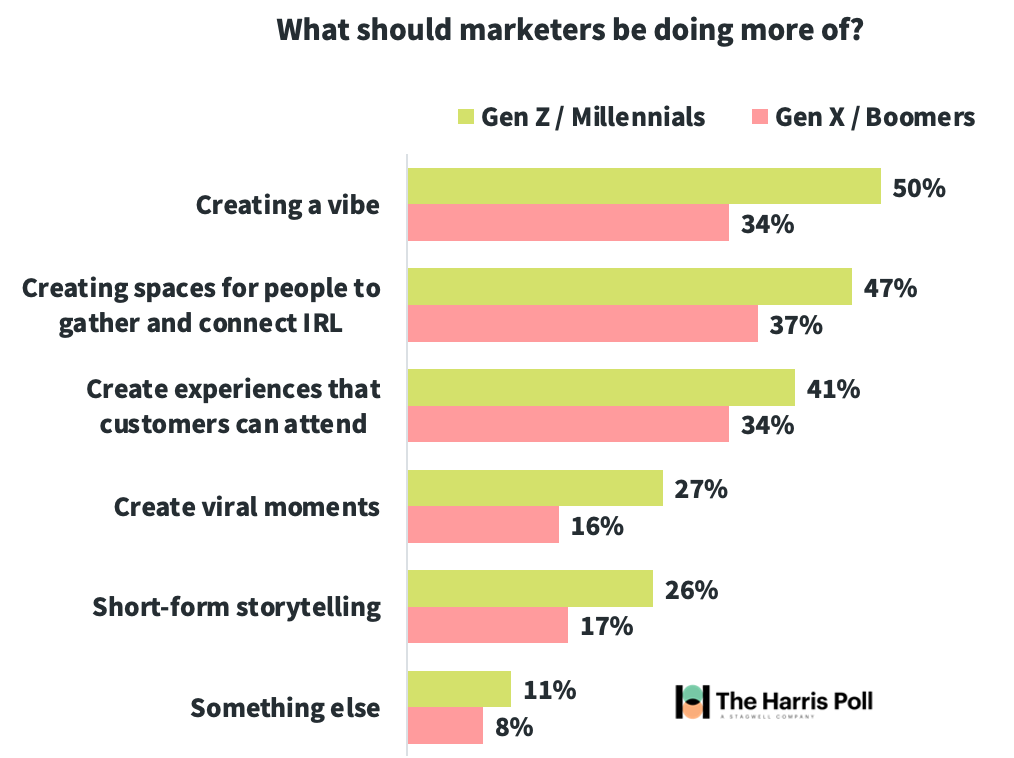Neue-Marketing: Vibes-First Relating
The second part of our three-part series highlighting our presentation from the Forbes CMO Summit 2024: Signals to Scenarios: The Dawn of the Daring Twenties
Welcome back to our "Signals to Scenarios" series, presented at the Forbes CMO Summit. In this second installment, we explore "Vibes-First Relating," a phenomenon shifting where and how marketing starts, deeply rooted in System 1 thinking—fast, automatic, and intuitive. This cultural shift prioritizes emotional resonance over conventional narratives, reflecting a broader trend where intuition and feelings govern interactions and decision-making processes.
Feelings Eats Facts for Breakfast
Whether you like it or not, we live in a feeling-based culture and economy. Instead of fighting it, we recommend being specific about how you want people to feel.
This year, with The Guardian and featured on The Daily Show, we explored how Americans get every economic indicator wrong about the economy because, ultimately, the economic indicators do not align with people’s lived realities and feelings. In fact, 76% of Americans agree, “Economists may say things are getting better, but we're not feeling it where I live.”
Vibes-First Relating and System 1 Thinking
"Vibes-First Relating" marks a paradigm shift toward rapid, intuitive judgment in our social and brand engagements. This aligns with Daniel Kahneman’s System 1 thinking, which operates swiftly, effortlessly, and subconsciously. This is a reaction to the millions of messages we surf through daily; in this context, we unconsciously navigate towards vibes, intuiting an emotional outcome we seek.
In today’s attention-scarce economy, feelings matter more than ever, and brands must resonate emotionally from the first moment of contact. This approach uses a surround-sound strategy to emit signals that resonate and pulsate directly into the hearts of consumers. One example is how we love a coined cultural term- like ‘brat summer’ and ‘hot rodent men,’ which allow us to quickly lean in and out of a vibe.
Vibes Sway & Attract
First, it's worth defining a vibe. Gen Z defines a vibe as a surround-sound feeling—a mood that envelops you, followed by a distinct persona. A vibe is magnetic, cutting through the noise and clutter of daily messages. Notably, 77% of Gen Z say they have discovered new brands solely based on their vibe.
To Produce Vibes, You Need a ‘Culture of Content’
Eugbrandstrat, a brilliant brand strategist who coined the vibe phenomenon, emphasizes that marketing should be seen as a culture of content. At this year’s Wimbledon, for example, the brand produced over 1,000 pieces of content in two weeks—not just ten pieces. This nonstop messaging surrounds you, instantly gives you FOMO, and draws you in, a feat that cannot be accomplished without a clear brief and a communimty of creators.

 Tiktok failed to load.
Tiktok failed to load.Enable 3rd party cookies or use another browser
So, What Vibes Should You Lean Into?
There are two ways of considering what vibe a brand and leaninto with Gen Z.
First, consider the vibe Gen Z is seeking. As we approach 2025, Gen Z aims to lower their collective anxiety and immerse themselves in chill, wholesome, cozy, and nostalgic vibes—places of relief and relaxation (e.g., part 1, Hands-On Happiness). A vibe is an opening for a relationship; 79% of Gen Z say, “I don't seek out vibes, but when I see a good vibe, I lean in.”
(my cozy vibe)
Second, consider the vibe young people want to project to their peers. Gen Z isn’t just social natives; they’re branding natives; from day one, they’ve been branding themselves (55% before age 15!). They want to send out vibes of being fun, humorous, and original. Conversely, Millennials are more likely to want to be seen as intelligent and professional.
A Memo To Marketers: Gen Z and Millennials Want Vibes & Space To Interact
Our research indicates that Gen Z and Millennials are urging marketers to focus on creating vibes and spaces for real-life gatherings and connections. Over the years, opportunities for young people to congregate have dwindled, with retail environments becoming increasingly transactional and branded experiences confined mainly to major events. While there was a pre-pandemic surge in experiential retail, these initiatives stalled due to the pandemic. Now, as we tentatively return to physical spaces and experiential brand engagements, marketers are constrained by tight budgets and economic uncertainties. Despite these challenges, young people want to get together and submerge themselves in the vibe.
Final Considerations: A New Brief
As we progress through the "Daring Twenties," the importance of emotional resonance cannot be overstated. Successful brands will be those that understand and harness the power of vibes to make meaningful connections quickly and deeply.
This year, at the Forbes CMO conference, the role of the brief was a major topic: it can either unlock a whole new world of marketing opportunities or kill them. In the context of vibes, the modern brief must consider what distinct feelings you want to evoke in surround sound, informing the creative direction for agencies and creators.
Facts matter, but not until the vibes are right. Open the door with vibes and start the journey.
Shout out to Jack Cooney for the collaboration and research on this!
3 Links
Listen to This!!! Andrew Garfield Wants To Break Open Your Heart (Modern Love) - Talk about the feels
20 Brands Catching Gen Z’s Attention Right Now (Ad Age / Harris Poll)
Americans are feeling anxious – so they’re ‘doom spending’ (CNN)
Thanks for reading The Next Big Think! Subscribe for free to receive new posts and support my work.
Subscribed
Curiosity is contagious; if you like this newsletter, please share it!!
Penned by Libby Rodney and Abbey Lunney, founders of the Thought Leadership Group at The Harris Poll. To learn more about the Thought Leadership Practice, just contact one of us or find out more here.












